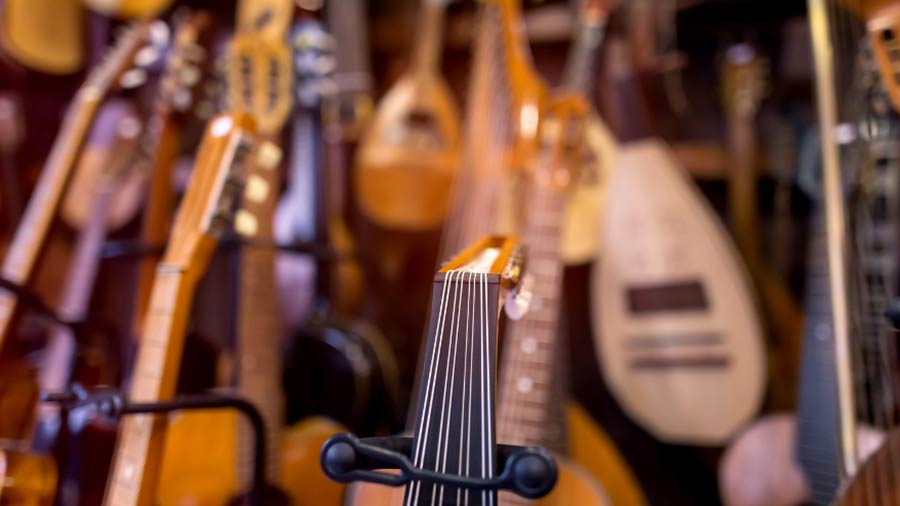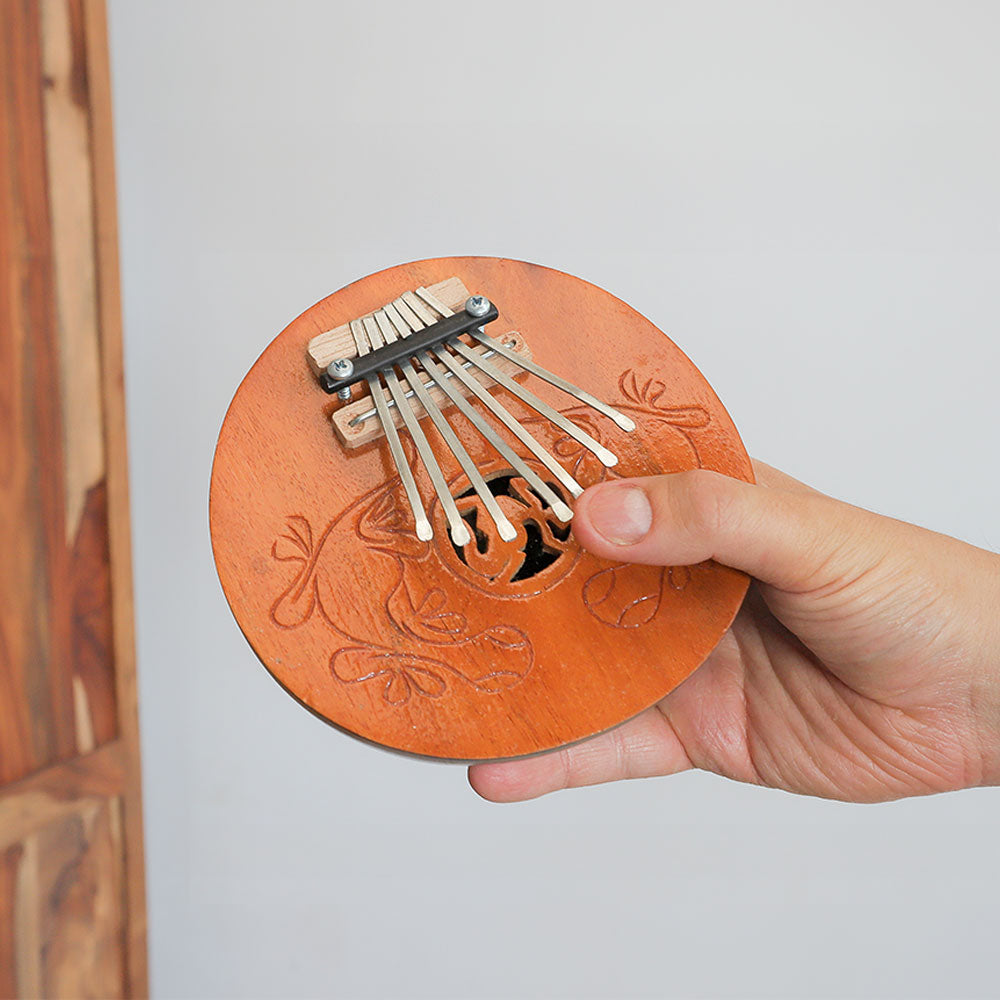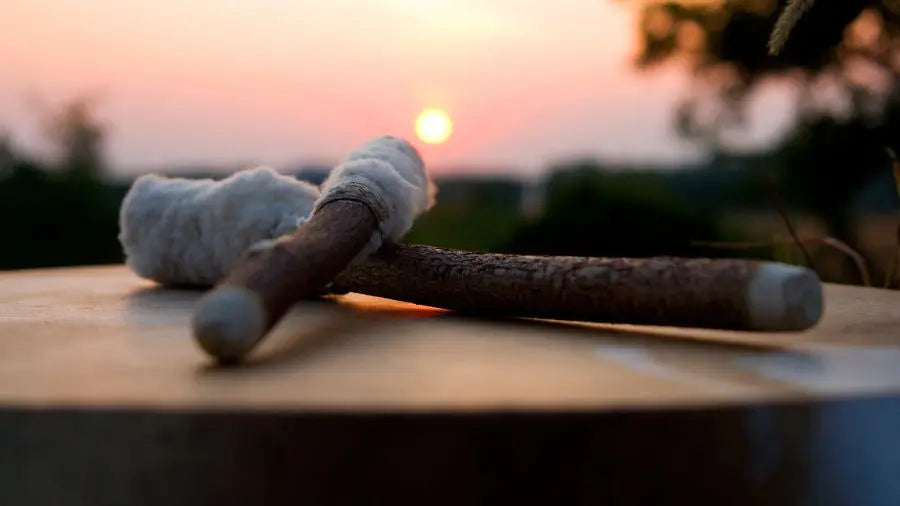Stringed musical instruments have played a vital role in music for centuries, producing sound through the vibration of stretched strings made from materials like metal, gut, silk, or nylon. Their origins trace back to ancient cultures in regions such as South Asia, East Asia, the Mediterranean, Egypt, and Mesopotamia, with iconographic evidence offering clues to their early development.
These instruments spread widely across Eurasia through trade, invasions, and cultural exchange—such as during the Crusades or the expansion of Han China—though they were largely absent in pre-Columbian America. Indian stringed instruments hold a special place in this history, and we explore their background, uses, distinguishing features, pricing, and availability. They are typically classified into four main types based on string placement: lutes, zithers, lyres, and harps.
Lutes
Lutes are stringed instruments where the strings are parallel to the body and are typically plucked or strummed. One of the most well-known lutes is the Sitar, which originated in India and is widely recognized in the Western world. The Sitar has a long neck, a resonating chamber, and movable frets. It produces a unique sound and is commonly used in Indian classical music.
Zithers
Zithers are stringed instruments where the strings are stretched across a flat surface. They can be plucked, struck, or bowed. The Santoor is an example of a well-known zither in India and the West. It resembles a dulcimer and is played by striking the strings with wooden mallets.
Lyres
Lyres are stringed instruments where the strings are attached to a crossbar or yoke and are plucked or strummed. The Mohan Vina is an example of a lyre-like mechanism from India. It has a wooden body, a long neck, and movable frets. The Mohan Vina produces a melodic and resonant sound.
Harps
Harps are stringed instruments where the strings are perpendicular to the body and are plucked. They have a distinct triangular shape and can vary in size. The Surbahar, also known as the bass Sitar, falls under the category of harps. It is a more extensive and lower-pitched version of the Sitar.
Uses of Stringed Instruments
Stringed instruments have been integral to musical traditions across history, valued for their versatility and ability to produce a wide range of tones. In Indian classical music, instruments like the Sitar, Sarod, and Sarangi are key in both accompaniment and solo performance.
They’re also central to folk traditions worldwide—for instance, the Dotar is a common feature in Indian folk music. In contemporary genres like pop, rock, and fusion, musicians use stringed instruments to explore new textures and sounds. Additionally, they play a vital role in film and television scores, enhancing emotional depth and storytelling.
Difference Between Stringed and Normal Instruments
Stringed instruments differ from other types of devices, such as wind and percussion instruments, in their method of sound production. While wind instruments produce sound through air columns, percussion instruments produce sound through striking or shaking; stringed instruments produce sound through strings.
The strings in stringed instruments can be plucked, struck, bowed, or even blown (in rare cases). The strings' vibration is amplified through a resonating chamber or soundboard, which enhances the sound and adds resonance. This amplification is crucial for the sound projection of stringed instruments.
Another distinguishing feature of stringed instruments is the wide range of tones and timbres they can produce. Musicians can create many expressive and nuanced sounds by manipulating the strings, adjusting playing techniques, and utilizing different playing positions.
Prices of Indian Stringed Instruments
The prices of Indian stringed instruments vary widely depending on craftsmanship, materials, and quality. Entry-level sitars start around £300, while professional models can exceed £1000. Tanpuras range from £200 to over £1000, sarods from £400 to £2000+, and sarangis from £500 to upwards of £2000.
These estimates depend on the maker, design, and intended use. Each instrument—whether sitar, tanpura, sarod, or sarangi—carries deep cultural and musical significance, offering sounds central to Indian classical, folk, and modern music.
Where to Buy Indian Stringed Instruments

If you're looking for authentic Indian stringed instruments, explore our collection. We offer a range of high-quality, handcrafted instruments sourced directly from skilled artisans. Each piece is carefully selected for its craftsmanship, sound quality, and authenticity. These are perfect for beginner musicians and are designed to help you experience the essence of Indian tradition.







